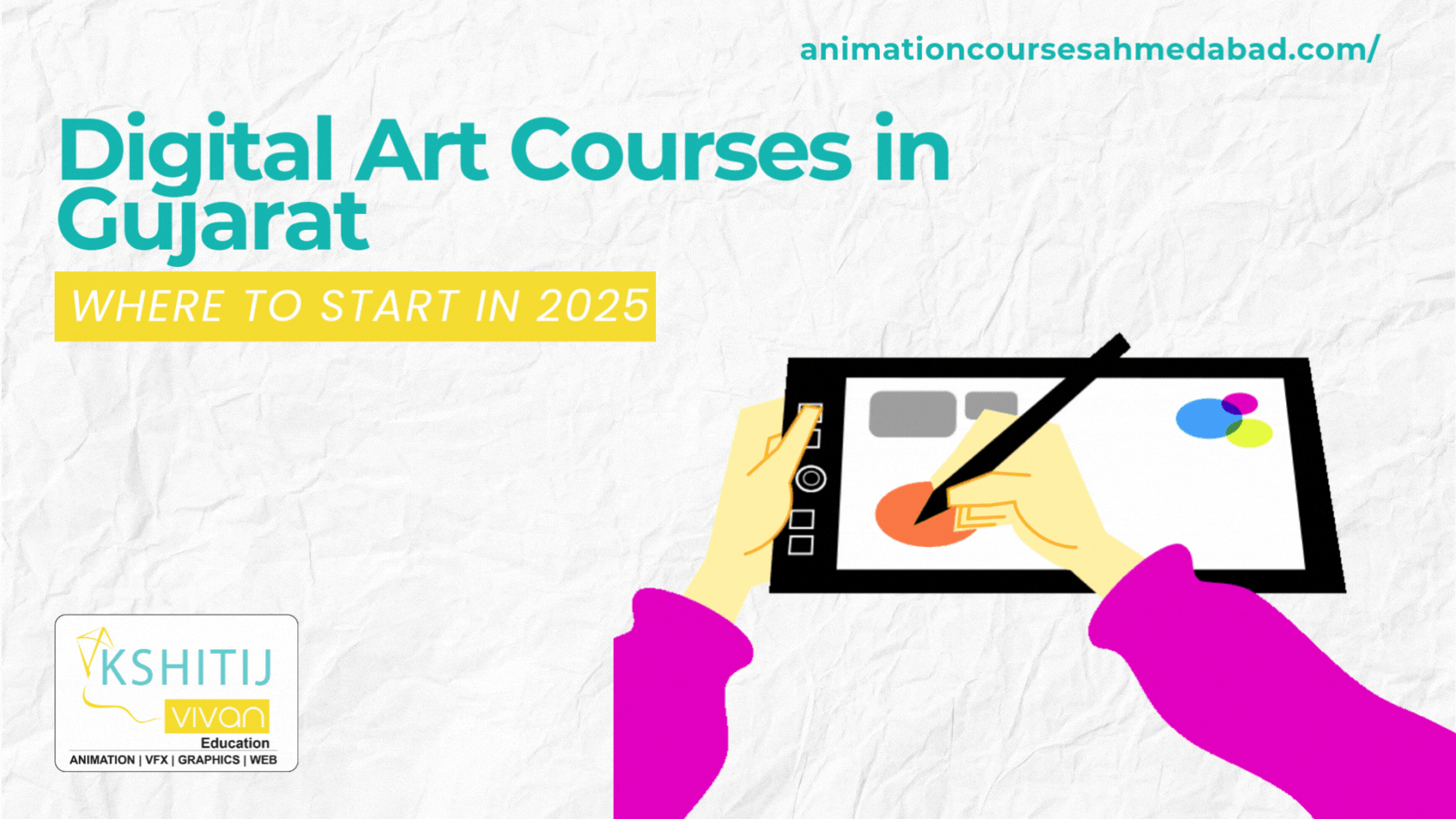
How AI-Powered Design Empowers Possibilities for Graphic Designers
In today's ever-evolving digital landscape, the influence of AI-powered design on the graphic design industry is undeniable. As AI technologies continue to advance, they bring forth new opportunities and challenges for graphic designers.
This article will explore the profound impact of AI on the field of graphic design, delving into its potential to enhance creativity and streamline design processes.
The Rise of AI in Graphic Design
Overview of AI's Growing Influence on the Field
AI has permeated various industries, and graphic design is no exception. From automated processes to intelligent algorithms, AI is transforming the way designers work.
By harnessing the power of machine learning and data analysis, AI empowers designers to tackle complex design challenges with precision and efficiency.
Recognizing the Benefits and Challenges of AI Adoption for Graphic Designers
The integration of AI into graphic design workflows presents a range of benefits for designers. It streamlines repetitive tasks, reduces time-consuming manual work, and allows designers to focus on more creative aspects of their projects.
However, embracing AI also comes with challenges, such as the need to adapt to new technologies and potential job displacement concerns.
The Role of AI in Shaping the Future of Graphic Design Education
As AI continues to reshape the industry, it is essential to consider its impact on graphic design education.
Design schools and institutions must equip future designers with the necessary skills to leverage AI technologies effectively.
By embracing AI as a tool for creative problem-solving, graphic design education can prepare students for the evolving demands of the industry.
Enhancing Creativity with AI
AI-Assisted Brainstorming: Unleashing New Design Ideas
AI-powered tools can act as creative catalysts, inspiring designers with fresh perspectives and innovative ideas. By analyzing vast amounts of data and patterns, AI algorithms can generate design concepts, providing designers with a starting point for their creative explorations.
AI-Generated Design Concepts: Expanding Creative Possibilities
AI's ability to generate design concepts opens up exciting possibilities for graphic designers. By collaborating with AI algorithms, designers can explore unique combinations of elements, colors, and compositions that they might not have considered otherwise. This fusion of human creativity and AI-generated concepts pushes the boundaries of design.
Collaboration Between AI and Designers: Fostering Innovation
The collaboration between designers and AI is not a replacement but a partnership. Designers bring their artistic vision and intuition, while AI contributes data-driven insights and efficiency. This symbiotic relationship fosters innovation, enabling designers to push their creative limits and achieve remarkable results.
Streamlining Design Workflow with AI
Automated Layout Design: Optimizing Efficiency and Time Management
AI-powered design tools can automate layout design, saving designers valuable time and effort. By analyzing design patterns and user preferences, AI algorithms can generate layout options that align with the project's objectives. This automation allows designers to focus on refining and perfecting the selected layout, ultimately enhancing productivity.
Smart Object Recognition: Simplifying Asset Selection and Organization
Finding the right design assets can be a time-consuming task. AI-powered tools equipped with smart object recognition capabilities can streamline this process. By automatically categorizing and tagging design assets, designers can easily search and access the elements they need, reducing the hassle of manually organizing and sorting through vast libraries of assets.
Design Automation Tools: Accelerating Repetitive Tasks
Repetitive design tasks can be a drain on designers' time and creativity. AI-powered design automation tools offer a solution by automating these tasks, such as resizing images, applying consistent styles, or generating data visualizations. This automation frees up designers to focus on more complex and strategic aspects of their projects.
Personalization and Customization
Dynamic Templates: Tailoring Designs to Individual Needs
Designers often encounter the challenge of creating personalized designs for clients with unique requirements. AI-powered dynamic templates provide a solution by allowing designers to customize designs quickly and efficiently. These templates can adapt to various specifications, such as different color schemes, layouts, or content variations, ensuring that the final design meets the client's specific preferences.
Targeted Design Solutions: Creating Personalized Experiences for Clients
AI enables designers to create targeted design solutions that resonate with specific audiences. By analyzing user data and preferences, AI algorithms can provide valuable insights into user behavior, allowing designers to tailor their designs to match the target audience's preferences and expectations. This personalization enhances user engagement and increases the effectiveness of the design.
Design Iteration and Feedback: Fine-Tuning Designs with AI Assistance
Designers strive for continuous improvement in their designs. AI-powered tools can assist in this process by providing real-time feedback and suggestions for design iterations. By analyzing design elements, composition, and user feedback, AI algorithms can offer valuable insights, helping designers refine their designs and create more impactful and user-friendly experiences.
Enhancing Design Quality and Consistency
AI-Based Image Editing: Improving Visual Aesthetics and Retouching
Visual aesthetics play a crucial role in graphic design. AI-powered image editing tools leverage advanced algorithms to enhance images, correct imperfections, and optimize visual appeal. From automated retouching to intelligent image enhancement, these tools help designers create stunning visuals that capture attention and communicate effectively.
Color Palette Generation: Achieving Harmonious and Impactful Designs
Selecting the right color palette is vital in graphic design. AI algorithms can analyze color psychology, trends, and user preferences to generate harmonious and impactful color schemes. By leveraging AI-powered color palette generators, designers can ensure their designs evoke the desired emotions, establish brand identity, and resonate with the target audience.
Style Transfer and Filters: Adding Unique Artistic Touches to Designs
AI enables designers to experiment with various artistic styles and filters, adding unique touches to their designs. Style transfer algorithms analyze artistic styles and apply them to design elements, allowing designers to explore diverse aesthetics and create visually striking compositions. This fusion of AI and human creativity results in captivating and original designs.
Collaboration between AI and Designers
Embracing AI as a Creative Partner: Augmenting Human Capabilities
Rather than viewing AI as a threat, designers can embrace it as a creative partner. AI augments human capabilities by offering data-driven insights, automating repetitive tasks, and expanding the range of design possibilities. By embracing AI, designers can amplify their creativity and efficiency, ultimately delivering more impactful design solutions.
Co-Creation Processes: Blending AI Algorithms with Designer Expertise
Co-creation processes involve designers and AI algorithms working together in synergy. Designers provide creative vision, context, and subjective decision-making, while AI algorithms contribute data analysis, pattern recognition, and optimization capabilities. This collaboration leads to innovative design outcomes that balance human creativity with AI-powered efficiency.
The Evolving Role of Designers in an AI-Powered Design Landscape
As AI continues to advance, the role of designers evolves. Designers must adapt their skill sets to leverage AI technologies effectively. While AI can automate certain aspects of design, it cannot replace the human touch and creative intuition. Designers will continue to play a crucial role in defining design strategies, storytelling, and creating emotionally resonant experiences that connect with users on a deeper level.
Ethical Considerations in AI-Powered Design
Addressing Bias and Inclusivity: Mitigating Ethical Challenges
AI algorithms are not immune to biases present in the data they are trained on. Designers must be aware of this issue and take proactive measures to mitigate bias in AI-powered design. By ensuring diverse and representative datasets, designers can reduce the risk of perpetuating stereotypes or excluding certain demographics. Ethical considerations should also extend to creating inclusive design experiences that cater to diverse user needs and perspectives.
Intellectual Property and Attribution: Understanding the Implications of AI-Generated Designs
The use of AI in design raises questions regarding intellectual property rights and attribution. Designers must navigate the legal landscape surrounding AI-generated designs and understand the ownership and usage rights of AI-generated assets. It is essential to stay informed about copyright laws, licensing agreements, and ethical guidelines to protect the rights of both designers and AI creators.
Maintaining a Human Touch: Balancing AI Automation with Human Creativity
While AI offers numerous benefits to designers, it is crucial to maintain a human touch in design. Designers bring unique perspectives, emotions, and creative intuition to their work, aspects that cannot be replicated by AI algorithms. By striking a balance between AI automation and human creativity, designers can create designs that evoke emotion, tell compelling stories, and resonate with users on a deeper level.
Conclusion
The advent of AI-powered design has revolutionized the graphic design industry, empowering designers with new possibilities and tools. From enhancing creativity and streamlining workflows to personalization and collaboration, AI has become a valuable asset for graphic designers.
By embracing AI as a creative partner, designers can unlock new levels of innovation and efficiency, paving the way for a future where human creativity and AI-powered design harmoniously coexist.
As the field continues to evolve, designers must navigate ethical considerations, ensuring inclusive and responsible design practices. By leveraging the transformative potential of AI, graphic designers can shape the future of design education, practice, and the visual landscape as a whole.



